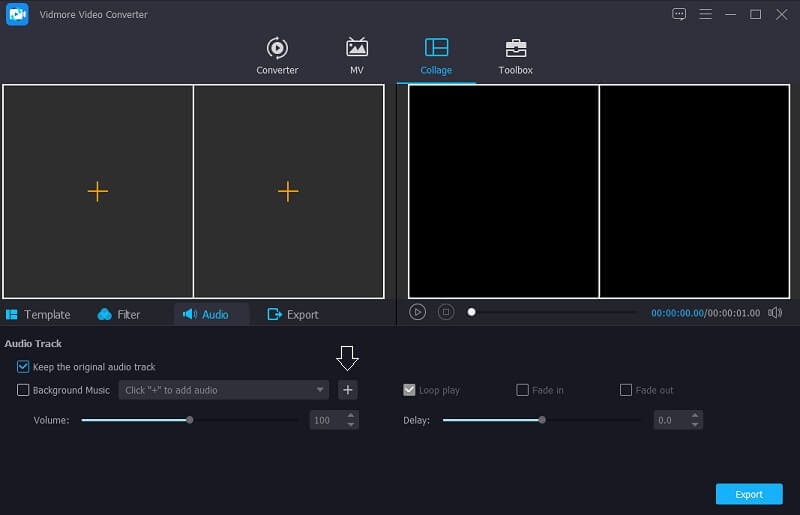

Open the original in Quicktime, cue ahead at least one frame to the spot of your first cut, and under the Edit menu, Split Clip will be un-greyed. If all segments are from the same file, Quicktime can easily be used to split, re-arrange, and trim clips: Quicktime's Split and Trim functions can be used to quickly pare a video clip down to size. To use ffmpeg I downloaded the pre-compiled ffmpeg from, put it in a directory that I already knew to be on my PATH and was ready to go! The -strict -2 part was added to the command based on suggestion from ffmpeg, as support for X.264 encoding is still experimental,

This does mean that video will be re-encoded - which takes longer (my late-2011 13" MacBook Pro took 80-90% of the runtime of the clip) - but audio and video quality were superb and file size was smaller than the original (calculated in terms of MB/min of playback)! Both sound and video quality seemed indistinguishable from the original after those initial 2-3 seconds.ĭropping the -c copy part solved that problem too. This method was surprisingly fast (10-15 secs) but for the first 2-3 seconds of the clip the sound would be fine but without any correponding video. To learn more about these and other options see the excellent answers to the question Using ffmpeg to cut up video. NOTE: times given by the 2nd -ss option and the -to option are relative to the time given by the first -ss option. So this outputs a 3 min 10 sec long clip (5:10 - 2:00).

ffmpeg seeks fast to the 1 min mark (the first -ss 00:01:00), then starts looking for key frames, and outputs a clip from 3 mins into the clip (given by the second -ss option) to 6 mins & 10 secs into the clip (specified by -to 00:05:10). I ended up using ffmpeg from the command-line to do the needful clipping.Īfter doing some research on this site and trying a few simpler commands I came up with the following command: ffmpeg -ss 00:01:00 -i input.mp4 -ss 00:02:00 -c copy -to 00:05:10 \Īs I understand it, with this command ffmpeg basically copies a portion of the clip from input.mp4 to output.mp4 (no re-encoding).


 0 kommentar(er)
0 kommentar(er)
